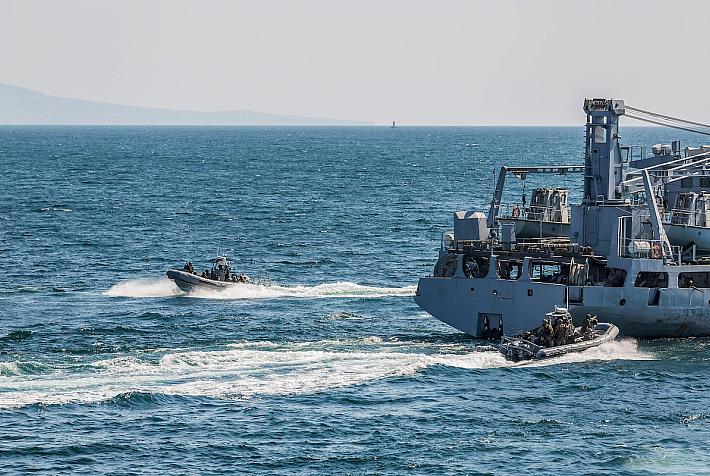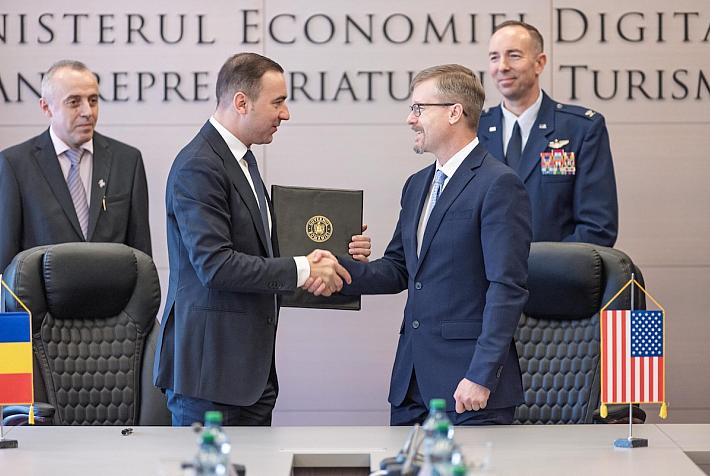Romanian engineers work on Continental’s new Cruising Chauffeur technology

A team of engineers in Romania are working on the new Cruising Chauffeur technology developed by German automotive producer Continental.
The Cruising Chauffeur function gives vehicles the ability to take over the driving task on highways in accordance with the national traffic regulations, according to a press release from Continental.
In Romania, a team of engineers in Iasi analyzes and develops the safety features of Cruising Chauffeur, while another team is working on the system architecture of this technology. Moreover, a team in Timisoara is working on technologies such as accurate machine localization and real-time monitoring of sensor performance.
The Cruising Chauffeur technology gives the driver a break, but also ensures safety if the driver is unable to take back the control of the wheel.
“Part of the division of tasks between the driver and the vehicle is that the driver takes over driving again at the end of the stretch of the highway. This handover is initiated by a specially developed human machine interface that is also being tested in the vehicles. And even if the driver fails to respond when prompted to take over – for health reasons, for example – the vehicle is able to stop safely automatically. This is done using the so called minimum risk maneuver, in which the vehicle identifies where there is space to stop safely and automatically heads for this place,” reads the press release.
This function will be part of the Cruising Chauffeur when it is ready for production in 2020.
When the Cruising Chauffeur is activated, the data from vehicle surroundings sensors such as cameras, radar and LiDAR are analyzed in a central control unit known as the Assisted & Automated Driving Control Unit (ADCU). The Cruising Chauffeur’s algorithms use this to develop a 360-degree model of the vehicle’s surroundings. Combined with a high-resolution map, this includes all moving and static objects as well as the course of the road and the lanes. The vehicle’s own position in this model is determined precisely on a continuous basis. On this basis, the algorithms can identify areas that can be used safely by the vehicle in line with the traffic regulations and can head towards these areas as part of the task of driving. This enables the Cruising Chauffeur to change lanes and overtake automatically.
When the car is getting close to the end of the highway section, the driver is prompted to take over the driving task. To enable the vehicle to determine whether the driver is present and ready to take over driving, Continental uses an interior camera and smart algorithms to analyze and interpret the driver’s gaze pattern. As with “artificial empathy,” the vehicle uses this to draw conclusions as to how much attention the driver is paying to what is happening on the road. Depending on the situation, the handover process may also apply other information strategies, such as seat vibrations.
Romanian engineers are also working on Continental’s new solution that teaches cars how to park themselves.
Irina Marica, irina.marica@romania-insider.com











